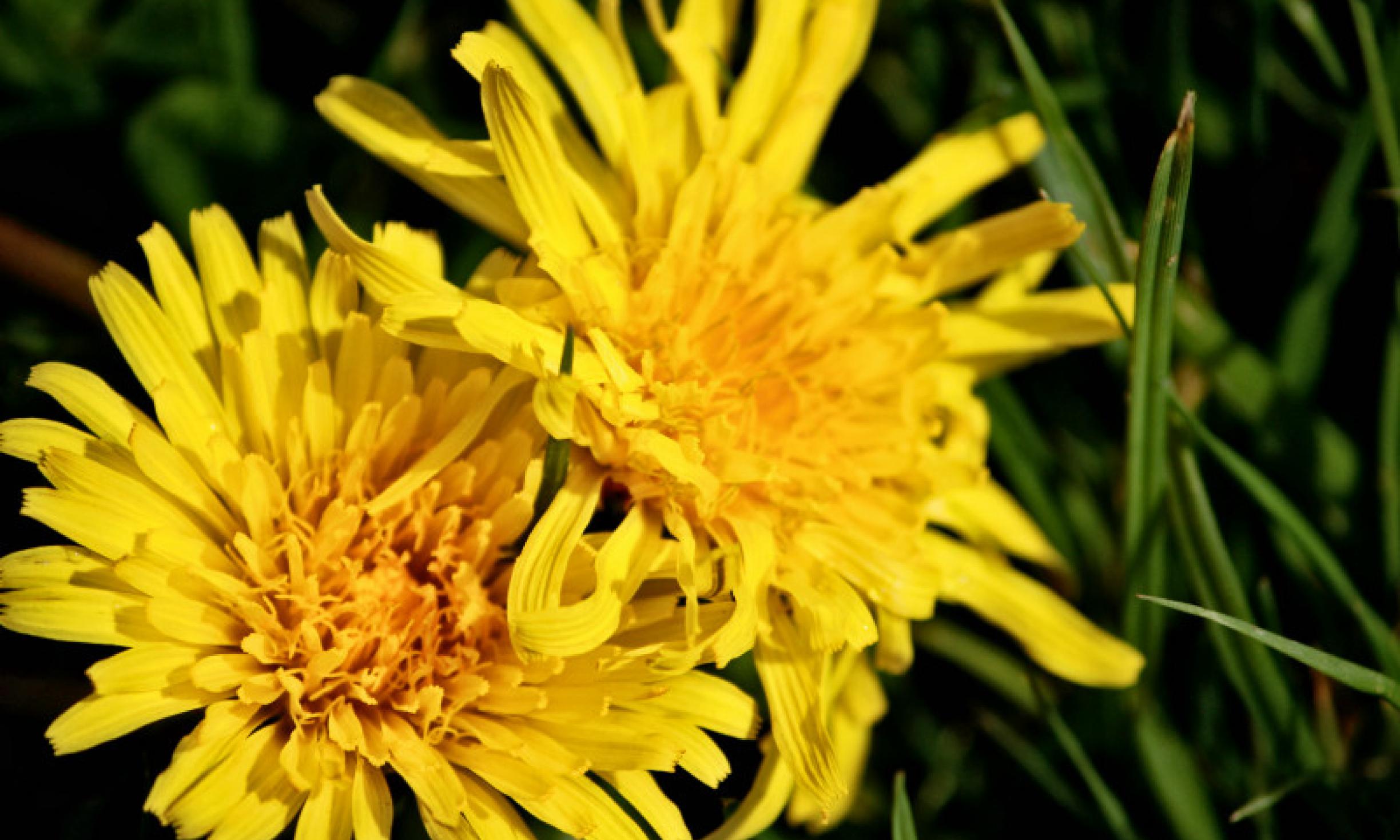It’s that time of year again: The time when I dream of eating a hearty bowl of venison-chanterelle stew. And while we’re at it, let’s add some homemade bread and a mug of dandelion tea.
Now, this isn’t a stew that came from a can or one of those soymilk-looking containers. This is a stew made from chanterelles that I collected, with venison from a deer that I hunted. And the dandelion tea made from wildcrafted dandelions, personally preserved. Right now, I’m set with everything except for the venison.
I enjoy eating from our garden and from local farms, and there is a lot of food that grows in our forests, riparian areas, and even deserts. There are greens, shoots, flowers, berries, nuts, and roots. With wild foods, you must be in tune with the season. Where is the energy of the season right now?
During autumn, energy draws inward. Some berries and nuts last on the vine or branch for a while. But it is likely that only roots will be available. Some ubiquitous roots to be aware of are dandelion, burdock, chicory, and cattail. There are lots of other roots out there. Get a good local field guide and check them out.
These roots yield a surprising amount of food. With our modern palates, if we were to process and cook these foods, and add nothing to them before eating, we would likely say, “Ew, gross. No thanks.” Bitter flavors have been bred out of our modern fare . But would you eat an onion or garlic by itself? To transition to wild foods, it is important to give them a fair shake. Add a little seasoning. Mix them with a stir fry or root vegetable roast. When all else fails add butter.
But my favorite thing to do with many of these roots is to dry them to use for tea.
Dandelion tea is an easy recipe to get started with. 1.) dandelion likely grows nearby . 2.) it is incredibly healthy for you (Vitamins A, C and D, zinc, iron, and potassium; high in anti-oxidants). 3.) in the right setting it is delicious. 4.) it can yield a decent amount of food for a small amount of effort (read: conservation of energy).
With any wild food you want to be 100% sure of your identification. There are lots of other asters that could superficially be confused with dandelion. Most of them are benign, but you must be vigilant! I am not going to review identification here; use a trusty field guide or a human guide if you are not certain.
Once you’ve identified a specimen, it’s time to start digging. You can use a trowel, shovel, or a digging stick. When digging roots, it’s important to be cautious of not breaking the root during excavation. If using a shovel you can often loosen a large clump of dirt at one time, enabling you to simply pull out the root intact. Using a digging stick takes more effort, but is a good skill to have. Start an inch or two away from the base of the plant, and begin loosening the soil. Often you will need to dig quite deep, creating a half-circle shape. Once you get to the bottom of the root, pull it out, being mindful not to break it. Then repeat until you have a few.
It is easy to dig a bunch and then lose momentum for the project and let them rot. With any new endeavor, it is good to start small and follow through while your energy is there. Too many times I’ve collected a bunch of raw material only to see it go to waste.
Once you’ve gathered your fill, wash and scrub them. Now you are almost ready to use them. At this point, you have some options. You can cut them into 1/8 inch slices and use them as a stir fry or a root roast. But my usual route is to chop them into really small pieces and then roast them for dandelion tea.
To prepare dandelion for tea, heat the oven to 200 degrees and roast for up to two hours. There will be a lot of steam from the fresh roots. I like a medium roast, but the range can be from light to dark brown. Let cool, then store them in an airtight container. Use about a tablespoon of roasted root with each cup of tea. Let it steep for about 6-8 minutes. Add milk and honey to taste. Then sit back and enjoy this hearty beverage.
However you consume your roots, you’ll know that you are improving your health, didn’t spend any money, and are more connected to your local environment.
